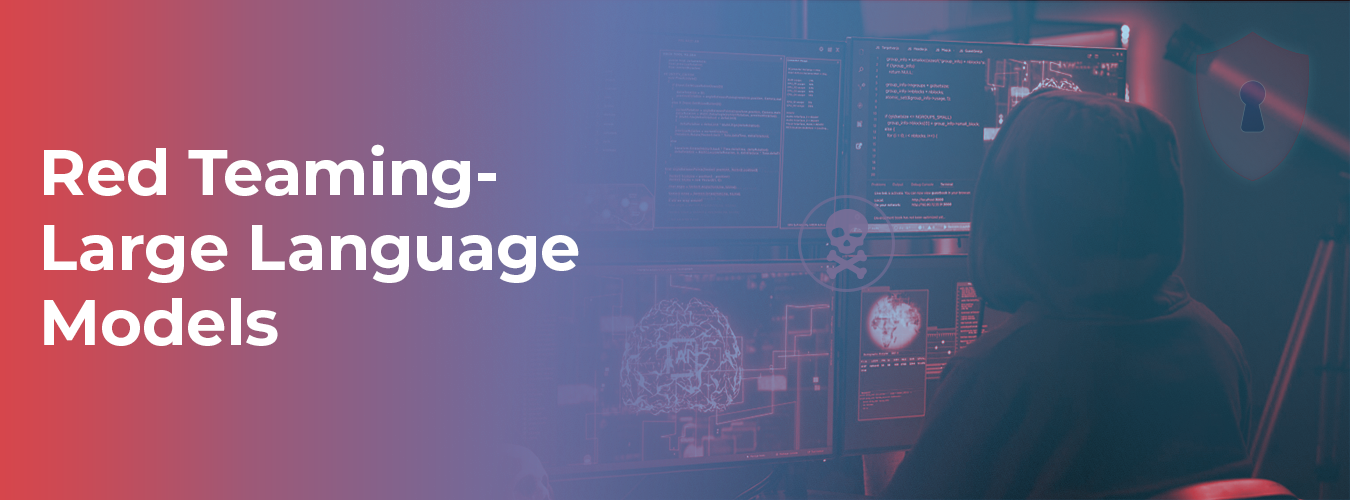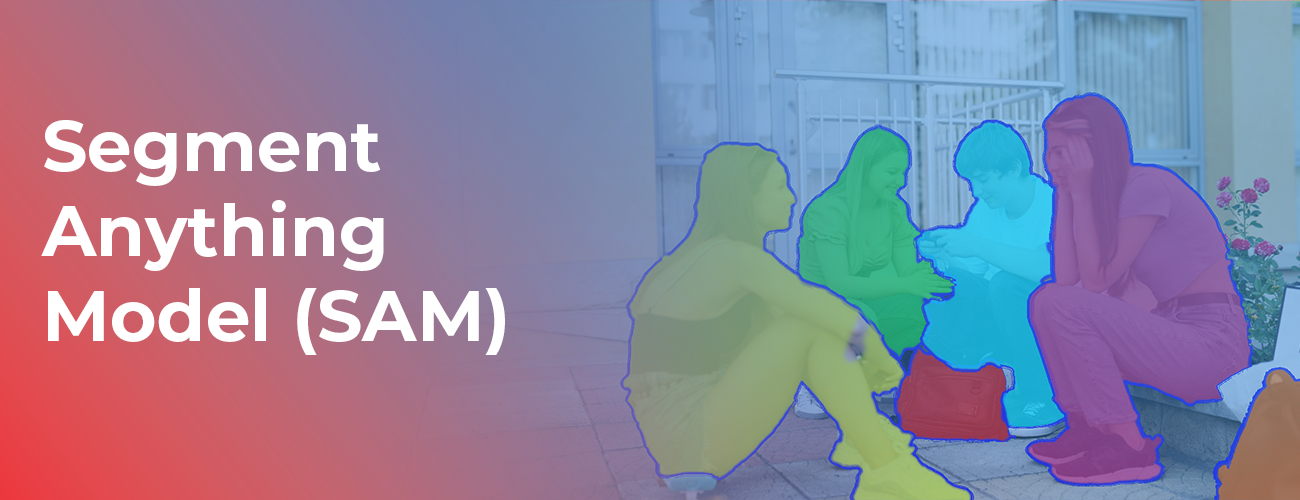Chatbot datasets for AI/ML are the foundation for creating intelligent conversational bots in the fields of artificial intelligence and machine learning. These datasets, which include a wide range of conversations and answers, serve as the foundation for chatbots’ understanding of and ability to communicate with people. We’ll go into the complex world of chatbot datasets for AI/ML in this post, examining their makeup, importance, and influence on the creation of conversational interfaces powered by artificial intelligence.
This article will discuss how chatbot datasets for AI/ML play a crucial part in influencing conversational agents’ skills, such as their capacity to comprehend subtleties in real language and respond appropriately given the context.
Understanding Chatbot datasets for AI/ML
Chatbot datasets for AI/ML are essentially complex assemblages of exchanges and answers. They play a key role in shaping the operation of the chatbot by acting as a dynamic knowledge source. These datasets assess how well a chatbot understands user input and responds to it.
These data compilations range in complexity from simple question-answer pairs to elaborate conversation frameworks that mimic human interactions in the actual world. A variety of sources, including social media engagements, customer service encounters, and even scripted language from films or novels, might provide the data.
Specifically, NLP chatbot datasets are essential for creating linguistically proficient chatbots. These databases provide chatbots with a deep comprehension of human language, enabling them to interpret sentiment, context, semantics, and many other subtleties of our complex language.
Delving into Chatbot datasets for AI/ML training data
Chatbot learning data is the fuel that drives a chatbot’s learning process. It consists of datasets that are used to provide precise and contextually aware replies to user inputs by the chatbot. The caliber and variety of a chatbot’s training set have a direct bearing on how well-trained it is. A chatbot that is better equipped to handle a wide range of customer inquiries is implied by training data that is more rich and diversified.
By applying machine learning (ML), chatbots are trained and retrained in an endless cycle of learning, adapting, and improving. In this procedure, training data is fed to chatbots, they are allowed to learn and make mistakes, and their algorithms are then adjusted based on these learning experiences to improve their performance over time.
The combination of chatbots and machine learning

The engine that drives chatbot development and opens up new cognitive domains for them to operate in is machine learning. With machine learning (ML), chatbots may learn from their previous encounters and gradually improve their replies, which can greatly improve the user experience.
Dialog datasets for chatbots play a key role in the progress of ML-driven chatbots. These datasets, which include actual conversations, help the chatbot understand the nuances of human language, which helps it produce more natural, contextually appropriate replies.
Training Chatbots for Chatbot datasets for AI/ML: a Practical Perspective
A chatbot must be carefully and rigorously trained. It entails providing the bot with particular training data that covers a range of situations and reactions. After that, the bot is told to examine various chatbot datasets, take notes, and apply what it has learned to efficiently communicate with users.
It is important to emphasize the significance of high-quality training data. High-quality, varied training data helps build a chatbot that can accurately and efficiently comprehend and reply to a wide range of user inquiries, greatly improving the user experience in general.
Chatbot datasets for AI/ML Models:
For chatbot developers, machine learning datasets are a gold mine as they provide the vital training data that drives a chatbot’s learning process. These datasets are essential for teaching chatbots how to comprehend and react to natural language.
Chatbots are trained using ML datasets such as social media discussions, customer service records, and even movie or book transcripts. These diverse datasets help chatbots learn different language patterns and replies, which improves their ability to have conversations.
The following five categories of datasets are crucial for training chatbots:

1. Logs of Customer Service
Client inquiries and representative replies are included in this extensive data collection, which gives chatbots real-world context for handling typical client problems.
2. Talks about Social Media
The colloquialisms and casual language used in social media conversations teach chatbots a lot. This kind of information aids chatbot comprehension of emojis and colloquial language, which are prevalent in everyday conversations.
3. Transcripts of books or movies
A wide range of conversational tones and styles, from professional to informal and even archaic language types, are available in these chatbot datasets. They aid in the comprehension of the richness and diversity of human language by chatbots.
4. Online shopping Relationships
Customer interactions from online shopping platforms, such as product inquiries, grievances, and reviews, are included in this type of dataset. It prepares chatbots to manage a variety of
5. Patient Information for Healthcare
Anonymized patient-doctor discussions might be a useful tool for training medical chatbots in the age of digital health services, helping them to comprehend and competently answer to health-related inquiries.
Why Choose Macgence?
Macgence excels as a leader in innovation. By using various chatbot datasets for AI/ML from customer support, social media, and scripted material, Macgence makes sure its chatbots are intelligent enough to understand human language and behavior. Macgence’s patented machine learning algorithms provide ongoing learning and adjustment, allowing chatbot replies to be improved instantly. This method produces clever, captivating interactions that go beyond simple automation and provide consumers with a smooth, natural experience. With Macgence, developers can fully realize the promise of conversational interfaces driven by AI and ML, expertly guiding the direction of conversational AI in the future.
Conclusion:
As we approach to the end of our investigation of chatbot datasets for AI/ML-powered dialogues, it is clear that these knowledge stores serve as the foundation for intelligent conversational interfaces. Chatbot datasets for AI/ML are essential to the development of AI-driven chatbots because of their influence on conversational skill refinement as well as their function in molding chatbots’ comprehension of human language.
These databases supply chatbots with contextual awareness from a variety of sources, such as scripted language and social media interactions, which enable them to successfully engage people. Furthermore, by using machine learning, chatbots are better able to adjust and grow over time, producing replies that are more natural and appropriate for the given context.
FAQs:
Ans: – Chatbot datasets for AI/ML shape chatbots’ comprehension of human language and behavior and serve as the basis for intelligent conversational interfaces.
Ans: – A range of sources, such as social media exchanges, customer support interactions, and scripted language from movies or books, are used to create chatbot databases.
Ans: – By utilizing these datasets, chatbots can gain contextual awareness and comprehend sentiment, context, semantics, and other nuanced aspects of human language.




